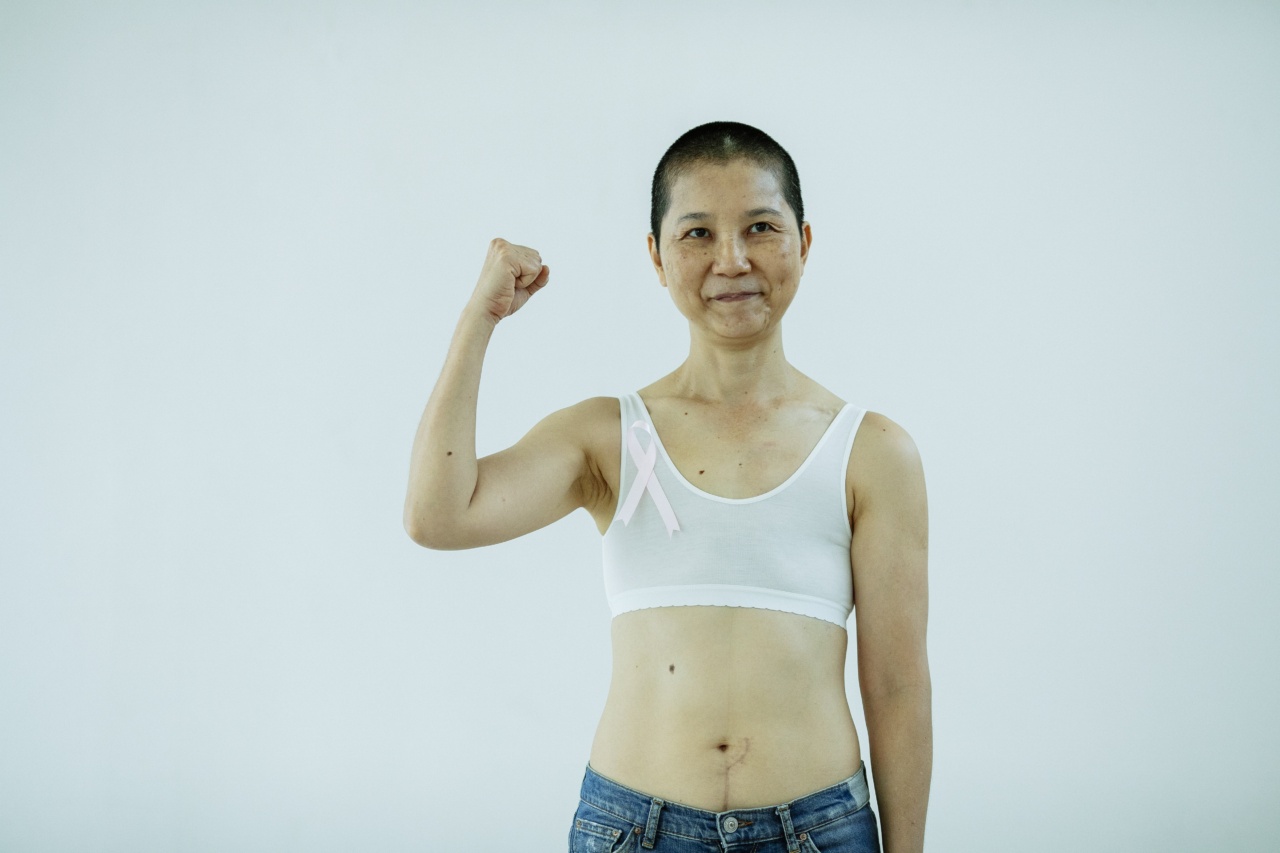Breast cancer is a devastating disease that affects millions of women around the world.
While treatment options have improved over the years, many women still face the difficult decision of whether to undergo breast removal surgery, also known as a mastectomy, to eradicate the cancer. Losing a breast can have a profound impact on a woman’s body image and self-esteem, leading to emotional distress and a loss of confidence.
Breast Reconstruction Options
Fortunately, advancements in medical science and technology have led to remarkable breakthroughs in breast regeneration and healing after cancer treatment.
There are various options available for breast reconstruction, depending on individual preferences and health conditions.
Autologous Tissue Reconstruction
Autologous tissue reconstruction is one of the most preferred methods of breast reconstruction.
This technique involves using the patient’s own tissue from different parts of the body, such as the abdomen, buttocks, or back, to reconstruct the breast. This method not only provides a natural-looking breast but also offers the benefit of simultaneously sculpting another area of the body, resulting in an overall enhanced appearance.
Implant-Based Reconstruction
Implant-based reconstruction involves using silicone or saline implants to recreate the breast shape and volume.
This method is suitable for women who do not have enough available tissue for autologous reconstruction or have personal preferences for implants. It provides immediate results and requires a shorter recovery time compared to autologous tissue reconstruction.
Combination Reconstruction
In some cases, a combination of autologous tissue and implant-based techniques may be utilized to achieve the desired results. This approach allows for greater flexibility and customization, as it combines the benefits of both procedures.
Surgeons can use implants to provide volume and shape, while utilizing autologous tissue to create a more natural-looking breast.
Regeneration and Healing Process
Timely healing and regeneration post-breast reconstruction play a vital role in determining the final outcome.
It is essential for patients to follow the prescribed aftercare instructions provided by their healthcare professionals to ensure optimal results.
Physical Therapy
Physical therapy plays a significant role in the healing process after breast reconstruction. Therapeutic exercises help improve mobility, strength, and flexibility, accelerating the recovery process.
Physical therapists work closely with patients to develop personalized treatment plans to address specific needs and ensure a successful recovery.
Psychological Support
Psychological support is crucial for women undergoing breast reconstruction. Dealing with the emotional aspects of the procedure, including body image concerns and coping with the changes, can be challenging.
Engaging in therapy or counseling sessions can provide a safe space for patients to express their feelings, ask questions, and receive guidance.
Surgical Advancements
Advancements in surgical techniques have significantly contributed to positive outcomes in breast regeneration and healing.
Minimally invasive procedures, such as endoscopic-assisted breast reconstruction, result in smaller incisions, reduced scarring, and faster recovery times. Surgeons can now achieve more precise and natural-looking results, ultimately enhancing patient satisfaction.
Outcomes and Benefits
The positive outcomes of breast regeneration and healing after cancer treatment are numerous. The restoration of a woman’s physical appearance through breast reconstruction helps improve body image, self-confidence, and overall well-being.
It allows women to regain a sense of normalcy and reclaim control over their bodies and lives.
Improved Quality of Life
Research has shown that breast reconstruction significantly enhances the quality of life for women who have undergone mastectomy. Studies have demonstrated improvements in body image, sexuality, and emotional well-being following reconstruction.
It empowers women to move forward confidently, allowing them to focus on their overall health, recovery, and embracing a cancer-free future.
Raising Awareness
Another positive outcome associated with breast regeneration and healing is the positive impact it has on raising awareness about breast cancer and reconstruction options.
Many women who have successfully undergone reconstruction become advocates, sharing their experiences and stories to inspire others. Their voices contribute to a larger conversation on breast cancer, highlighting the importance of early detection, treatment, and reconstruction.
The Role of Support Networks
Support networks, including family, friends, support groups, and online communities, play a vital role in the healing process. Connecting with others who have experienced similar journeys fosters a sense of belonging and provides emotional support.
These networks offer a platform for sharing advice, addressing concerns, and celebrating milestones, creating a sense of camaraderie.
Conclusion
Breast regeneration and healing after cancer treatment offer numerous positive outcomes that extend far beyond physical restoration.
Advances in reconstructive techniques, coupled with the emotional and psychological support available, provide women with an opportunity to regain control and live fulfilling lives post-cancer. By raising awareness and sharing their stories, these women embody strength, resilience, and hope for others on the same journey.

























